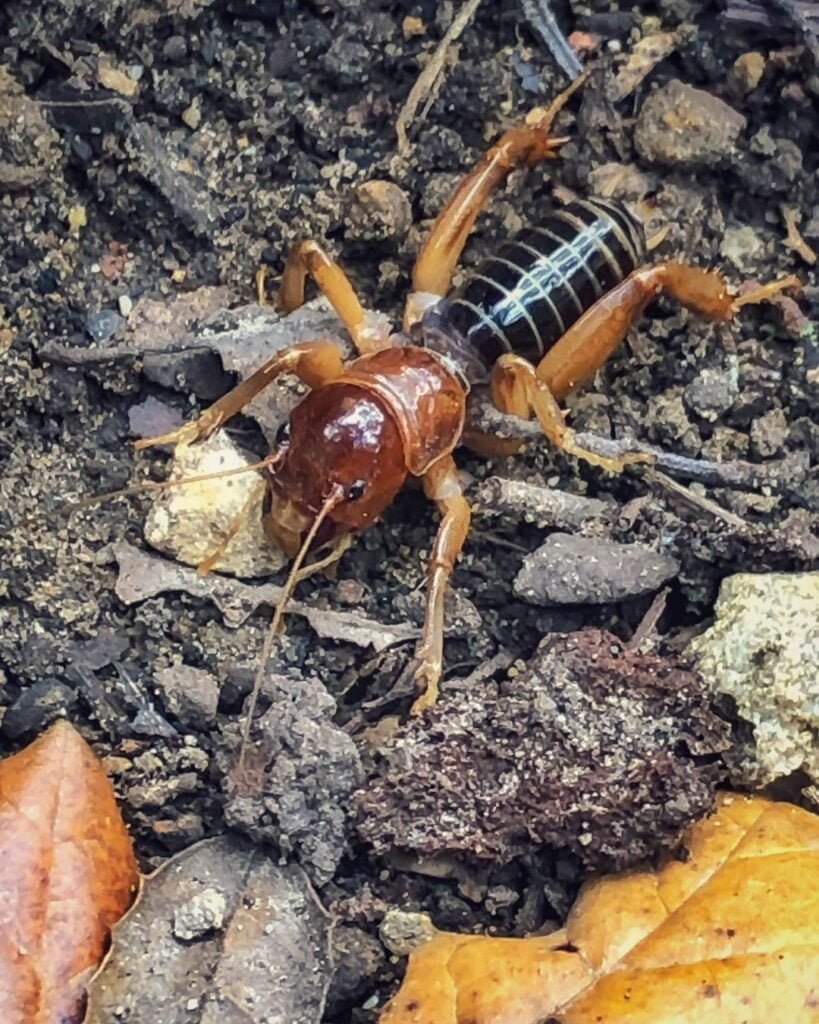Potato bugs have become a significant concern for gardeners and farmers alike. These troublesome insects can decimate potato crops and wreak havoc on other vegetation. To combat this issue effectively and maintain a flourishing garden, you need a comprehensive strategy. In this article, we will delve into the methods and tactics that will help you control and prevent potato bug, ensuring your plants remain healthy and thriving.
Check out Effective Ways to Eliminate Aphids on Hibiscus Plants. Click here...
Understanding the Potato Bug

Potato bugs, scientifically known as Leptinotarsa decemlineata, are also commonly referred to as Colorado potato beetles. These voracious pests have a distinct appearance, featuring vibrant yellow and black stripes, making them relatively easy to identify. They are primarily found in North America and Europe, where they pose a significant threat to potato crops and various other solanaceous plants.
Life Cycle and Habits
To effectively combat Potato bugs, it is crucial to understand their life cycle and habits. These pests typically lay eggs on the underside of plant leaves during the spring. Once hatched, the larvae begin to feed on the foliage, often causing severe damage to the plant. As they mature, they pupate and eventually emerge as adult beetles, continuing the cycle.
Check out Maximizing Soil Bacteria for Thriving Gardens Click here...
Potato Bug Damage
Potato bugs are notorious for their ability to cause extensive damage to your garden. They voraciously feed on the leaves of potato plants, causing skeletonized leaves and, in severe cases, defoliation. This can have a profound impact on your potato crop yield and the overall health of your garden. Click here for more details.
Effective Control Measures
- Early Detection: Regularly inspect your plants for any signs of potato bug infestations. Look for clusters of yellow-orange eggs on the underside of leaves. Early detection is crucial for preventing a full-blown infestation.
- Hand Picking: For smaller gardens, hand-picking potato bugs can be an effective method. Wear gloves and collect both adult bugs and larvae, disposing of them away from your garden.
- Neem Oil: Neem oil is a natural pesticide that can deter potato bugs. Mix neem oil with water and spray it on your plants, particularly on the undersides of leaves.
- Diatomaceous Earth: Sprinkle food-grade diatomaceous earth around the base of your plants. This natural substance is abrasive to insects and can deter them from climbing up the plants.
- Crop Rotation: Consider rotating your potato crop to a different area of your garden each year. Potato bugs tend to overwinter in the soil, so this can disrupt their life cycle.
- Beneficial Predators: Encourage natural predators like ladybugs and birds in your garden. They can help keep the potato bug population in check.
- Row Covers: Using row covers can physically prevent potato bugs from reaching your plants. Be sure to secure the covers tightly to avoid any gaps.
- Chemical Options: If the infestation is severe and other methods prove ineffective, chemical pesticides can be a last resort. Consult with a professional or your local agricultural extension office for guidance on safe and effective pesticide use.
Check out Surprising Toothpaste Hack for Aphid Control. Click here...
Maintaining a Healthy Garden
Beyond addressing the immediate threat of potato bugs, it’s essential to focus on overall garden health. Healthy plants are more resilient to pests and diseases. Ensure your garden receives adequate water, nutrients, and sunlight to promote plant vigor.
Potato bugs can be a challenging adversary for gardeners, but with a well-rounded approach to control and prevention, you can protect your precious crops and maintain a thriving garden. Regular vigilance, early detection, and the use of both natural and chemical control measures will help you conquer this persistent pest. By implementing these strategies, you can enjoy a bountiful potato harvest and a garden that flourishes year after year.
Pingback: Mulch Calculator: How to Figure Out How Much Mulch You Need
I don’t think the title of your article matches the content lol. Just kidding, mainly because I had some doubts after reading the article.
Pingback: Tomato Harvesting : A Comprehensive Guide - Gardener's School